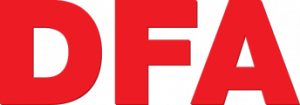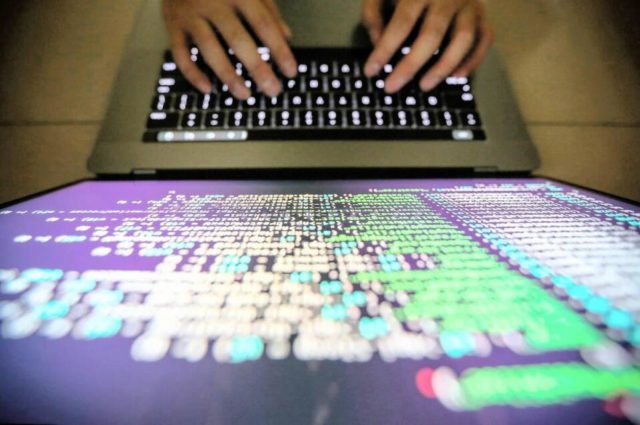‘Studies have shown that using this technology in classrooms actually improves learning’
WITH the help of e-technology, Loeriesfontein schools are embracing 21st century e-learning.
Chalk boards are making way for electronic smart boards, bringing improved skills to teachers and enhancing the educational environments for improved teaching and learning.
The smart boards have been found to be particularly helpful for teaching maths in Grades 4 to 7 within the primary school, while the high school has installed the boards in classrooms to teach Geography, Languages, Life Sciences, Natural Science, Maths and Technology.
Responding to a request from Loeriesfontein Primary School and Loeriesfontein High School, Khobab Wind Farm funded seven smart boards.
This forms part of the Loeriesfontein Wind Farm and Khobab Wind Farm’s focus on education, which includes the funding of foundation phase and maths and science teachers, skills training, literacy and a maths numeracy programme.
A smart board is an interactive whiteboard that can project images by connecting to a computer. It allows teachers to show subjects in a way that pupils can understand easier as the technology is more engaging, additionally the boards are touch screens, so you can use your fingers to move things around on it and come with different coloured pens that you write with on the board.
The benefits are numerous, including: pupils who learn with their hands can touch the board and work out the problem themselves; pupils do better when they are fully engaged, and hands-on learning is the best way to do it. Because it’s a touch screen, multiple pupils can use the board at once. This means they can work together to solve the problem while building relationships with one another; and being connected to a computer, it allows teachers to use the internet to enhance their lessons. Which means the pupils have access to online resources.
“Studies have shown that using this technology in classrooms actually improves learning, enhances literacy, boosts attentiveness, and increases comprehension,” explained Vanessa Fredericks, economic development manager for Loeriesfontein Wind Farm and Khobab Wind Farm.
Loeriesfontein Wind Farm and Khobab Wind Farms follow an asset-or strength-based approach to community development, which builds on what the community has, as opposed to what it doesn’t have. Their socio-economic projects include a focus on education, particularly maths and literacy, with research showing that low literacy levels places a constraint on future learning, negatively affecting overall educational outcomes.
It is expected that over the long term investment in education and skills development will translate into increased career opportunities and household income in the Loeriesfontein community.








